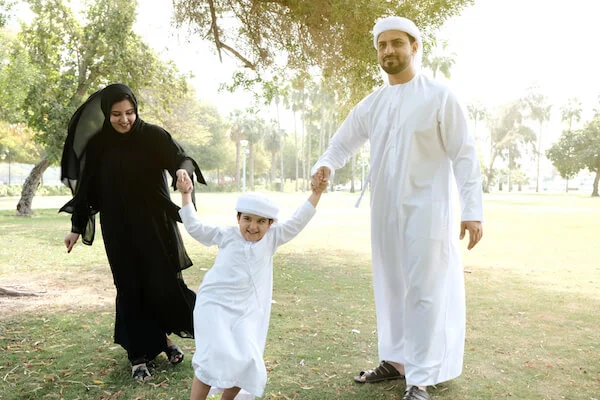Dubai is one of the world’s most stunning places. A quick outdoor walk reveals a world that looks like a road with ample fashionwear and designer accessories. Many visitors who visit Dubai want to shop for themselves, whether buying quick-fashion threads or a handmade adornment for their arm. Dubai & UAE national dress is typical of other Arab states such as Saudi Arabia, Qatar, etc. The traditional dress of the UAE is built to keep religious values comfortable at high temperatures. UAE traditional dress for men includes sport a bright white robe with a black cord headscarf known as Kerkusha. In the Middle East, clothes and fashion patterns are critical because they are very young.
UAE Traditional Dresses And Islam
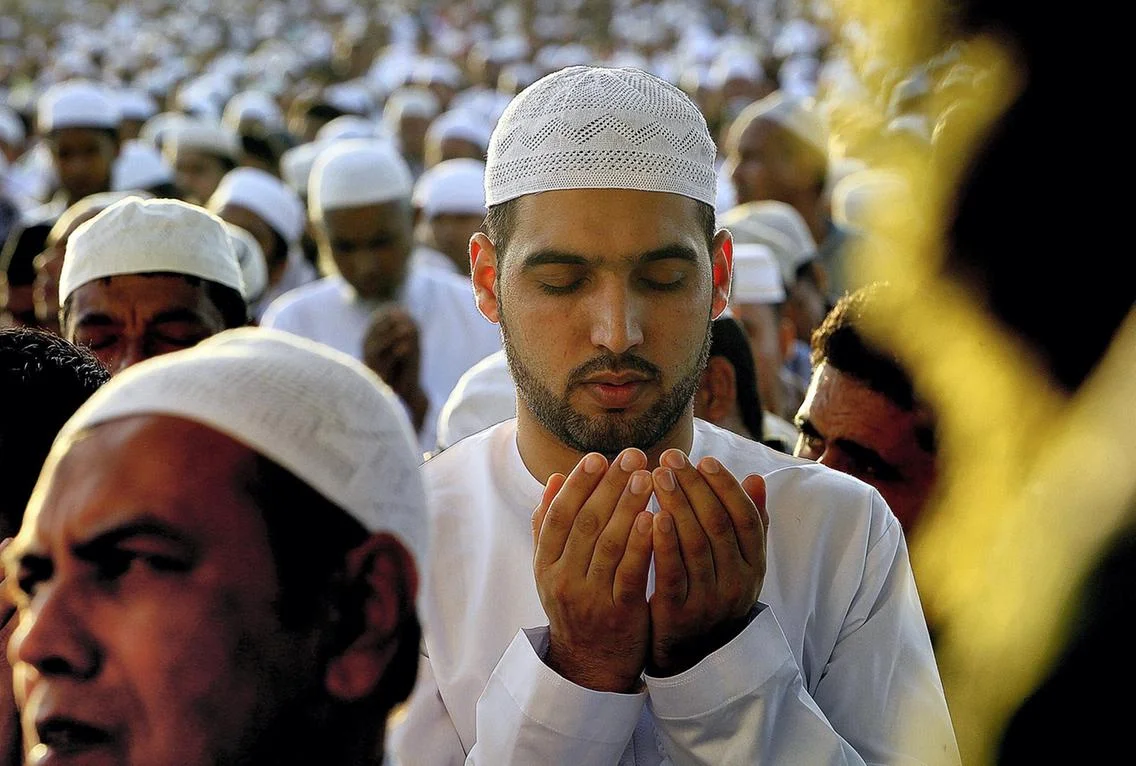
Excluding Islam’s adherents, few are aware of the traditional Muslim-style Arab clothes. Except for Dubai, the majority of the UAE Emirates are traditional in dressing, promoting “modesty,” and, to a certain degree, strictly adhering to the provisions of the Islamic texts. Twitter and Facebook have used the UAE to increase awareness on numerous subjects. The “UAE Dress Code” movement was initiated in May 2012 and has become more popular and controversial. Two Emirates, Hanan Al Rayes and Asma Al Muhairi, began to raise awareness and train visitors and expatriates on their wear.
Traditional Dress in Dubai
The traditional dress of the UAE is a sign of the Emiratists’ tradition and honor. Their ethnic and religious origins are profound. Emiratis wear Western clothing in the UAE, as their customs take great pride. However, they have parallels in clothing in the Arabian Peninsula, but slight variations exist. Some are noticeable, while others may attract only a skilled eye. The traditional UAE dress symbolizes pride and belonging and is built to consider faith and comfort. It is also ideal for hot UAE climates and sun and heat protection.
Dubai draws many visitors from outside, including many visitors and expatriates. Although Western-style clothes such as t-shirts, long skirts, and pants are allowed, women are forced to keep their skin covered and encouraged. Everything goes as long as you note that you are in an advanced but Islamic Emirate. In the traditional dress of UAE, Muslim / conventional clothes are tailored to accommodate what is used for religious holidays during the day, at night, and. The apparel is built to accommodate the local warm weather and religious faiths.
The ancient trace of the traditional dress of UAE clothes goes back to the Bedouin culture in the Arab Peninsula. Emirati’s pride remains today in their traditional apparel. When visiting overseas, they are, however, adaptable to Western wear. Dubai formal dresses are designed to keep religious traditions comfortable at high temperatures. Emiratis wear long-sleeved veils and dresses, especially worn during summer. Apparel shielding more areas of the body may be preferred from sunshine. However, the black woman, Abaya, catches fire because of a color that absorbs light.
Some traditional dresses followed by both men and women in UAE are listed below:
Ghutrah
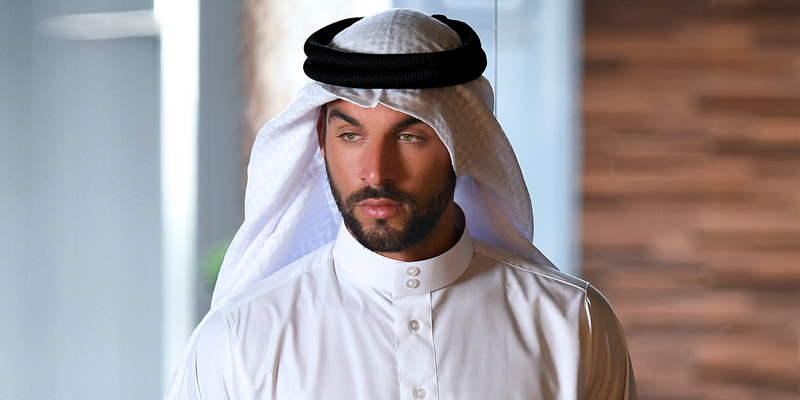
The Ghutrah is a traditional men’s headscarf known in other Arab countries as Kufiya or Shemagh. It is usually made of square cotton tissue in checked shapes, wrapped in different designs. These scarves guard against flying specks of dust and harsh sunshine in dry climates.
Abaya
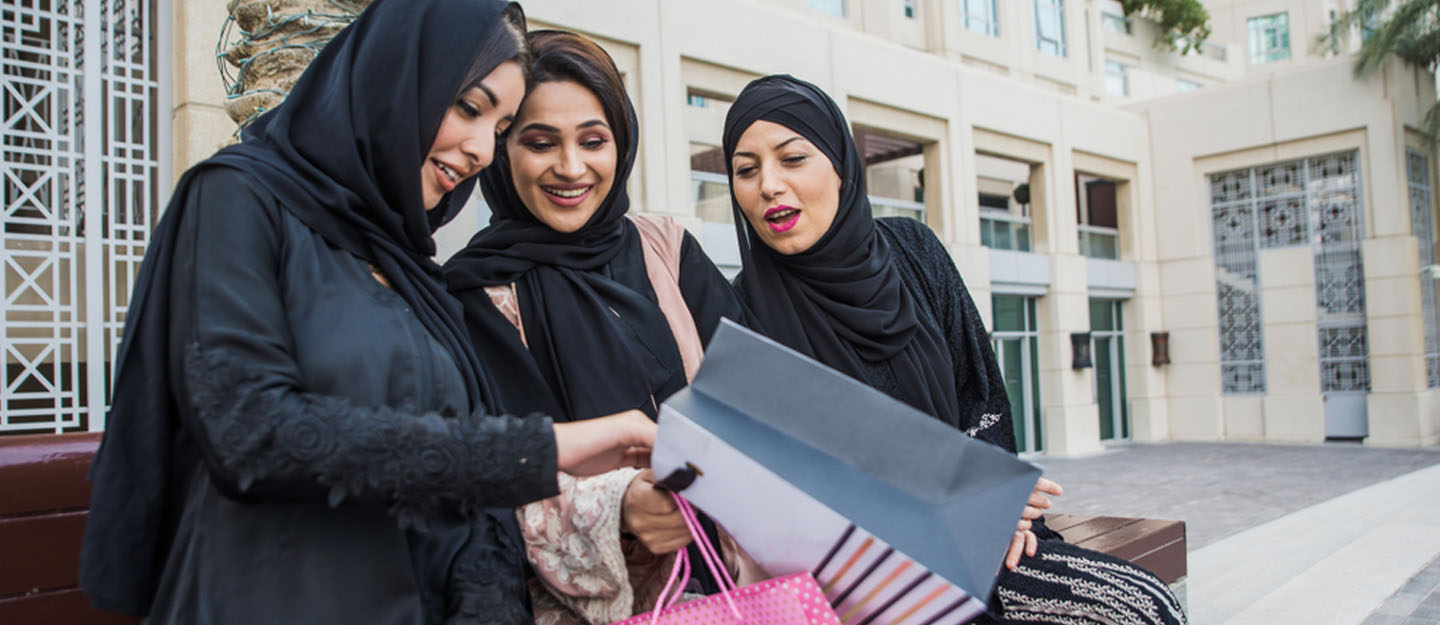
The Abaya is a sleek robe used in the United African States as a women’s national cloak. The black pigment usually covers the entire body except for the ears, feet, and sides. A few women cover their faces and hands with the Niqāb and Gafaaz.
The Abaya is a sleek robe used in the United African States as a women’s national cloak. The black pigment usually covers the entire body except for the ears, feet, and sides. A few women cover their faces and hands with the Niqāb and Gafaaz.
Agal
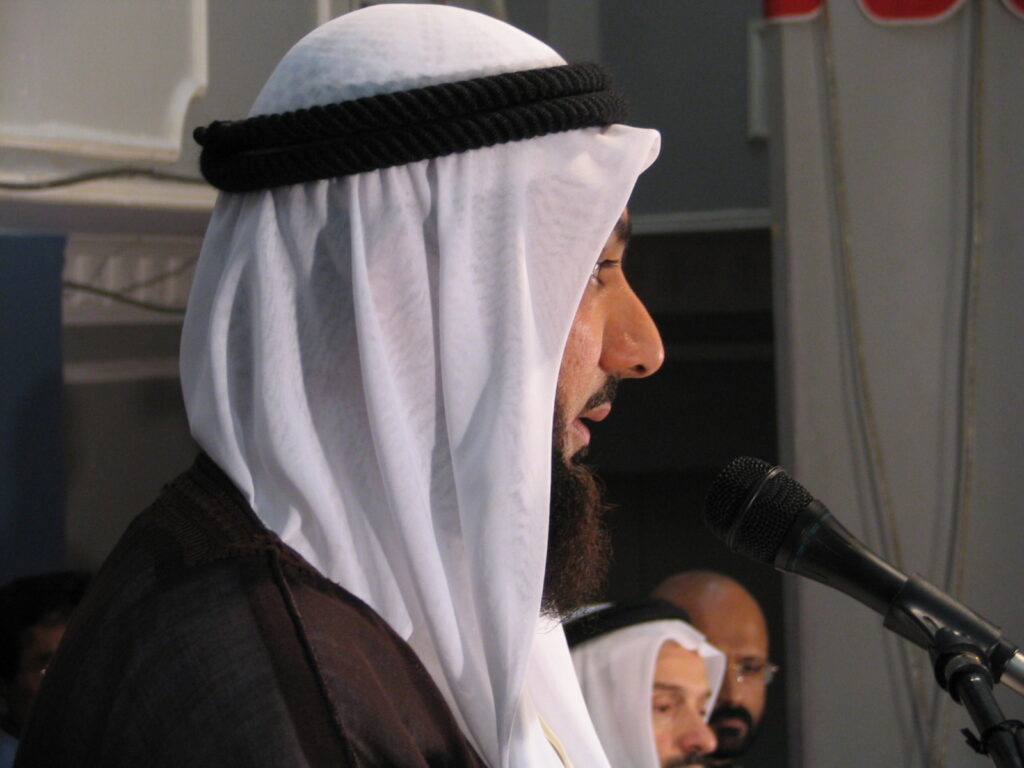
A black circle, also called Iqal, Agal, or ignorant, is securely secured around the Ghutrah to maintain it. The Agal loses its importance today as young men typically drop the Guthrah in numerous forms in black.
Kandura

Kandura is a men’s ankle-length, loose-fit jacket, usually white, known as thawb, thobe, or dishdasha. It can be seen in winter in a variety of darker shades. The robe’s length is attributed to the status of the rich and royal male, seen in long skirts. Shorter lengths reflect humility, and the familiar Arabs are worn.
Burqa
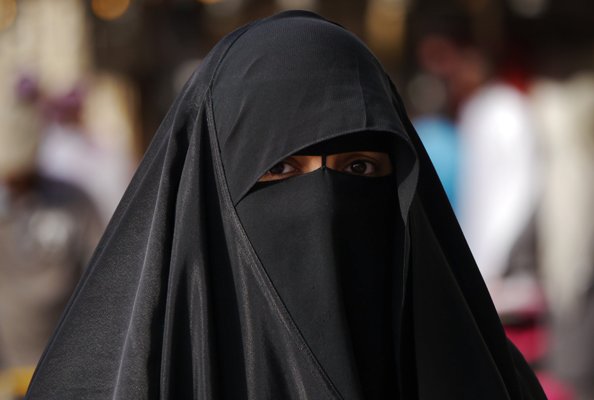
The Burqa is an outside garment worn by women to cover their bodies and avoid skin exposure in public. Burka is a burkha or burkha. When the woman goes home, she removes the Burqa in the presence of her family members. It is worn regularly and is more prevalent among older Arab people.
Ghafiyah
The Ghafiyah is like a Muslim priesthood cap worn by Arabic men under the ghutrah headscarf. The fractures that are not visible to the naked eye, as hidden by the Ghutrah, are usually intricate.
Gishwa
The women of the UAE typically use a Gishwa, a thin veil that hides the face, making it inappropriate for humbleness. It’s all right, though, because the wearer will see.
Traditional Dress for Men

As we have considered both the traditional dresses for men and women in UAE, let’s briefly discuss the traditional dress for men.
The Emirati’s color and length are the most striking characteristics. Most people wear white, colorful robes like Bedouins, chosen to represent the sun’s rays. But even in cooler months, gray and brown tones are used primarily. Many local women wear an abaya and a headscarf. Based on cleanliness, a male national from the UAE had a maximum of 50 Kanduras. This suit is especially appropriate for the warm and dry climate of the UAE.
Western clothing, particularly among young Emirati people and exhibitors, is also very common. Local law enforcement is not necessarily in good shape: many expatriates have lately been investigated for uncomfortable clothing or nudity. Many older men in emirates like the Kandura, a UAE traditional dress for men, include a white ankle shirt made of wool or cotton, favoring traditional Emirati clothing. Often, they wear half-sleeved Kanduras in their houses, but formal Kanduras are still sleeveless.
Kandura
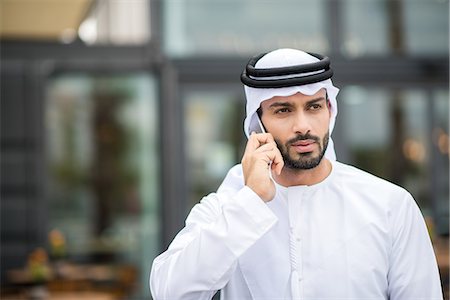
Kandura is the main Uae traditional dress for men, a long white coat with full sleeves. Other common names for the same robe are Thawb, Thobe, and Dishdasha. They usually have a long, loose tassel and no jewelry. One of the main features separating Emirati Kandura from other Kanduras worn in the Arabian Gulf is a matching broom on the collar and sleeve.
Kanduras have been crafted in cloth and color following the season. Summer Kanduras consists primarily of white and significantly lighter textiles. During winter, there has been an increase in darker-colored robes made of thicker cloth, mainly brown and gray. It is also available in winter beiges, yellows, lavenders, and blues. This traditional dress for men is to be distorted by various countries in the Gulf. For example, in the UAE, the Kandura doesn’t have a collar and always has stickers.
Emirates Kanduras are predominantly white, but brown, beige, green, etc., are other variations. Kandura is also recognized as a Thawb in Saudi Arabia. You can make Emirati Kanduras out of others because Emiratis are neck-and-smiths and have discreet brothers on their sleeves. Their style varies from country to country. Another distinctive factor is the long, twisted fabric with an oscillator at the end. Al Farukhah is a decorative feature made of the same material as Kandura, perched from Kandura’s neck.
Ghutrah
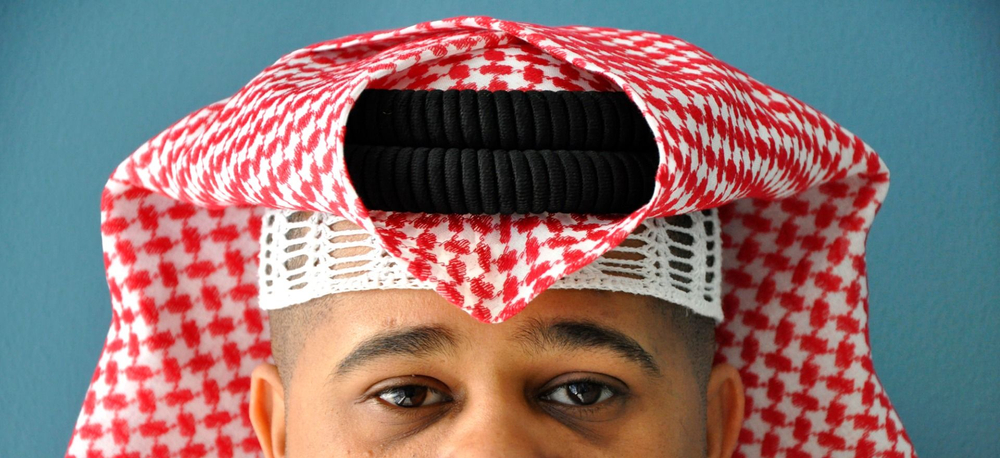
The Ghutrah is the traditional Emirati headdress, known by various names and concepts. It is also a Bedouin fashion accessory that protects people from the sandy desert winds and sunshine. It is one of the significant traditional dresses for men, such as the white Ghutra and the fiery, white-sticky Ghutrah get mixed. However, the preference between the two depends on the person, so the preference represents nothing concrete. Nevertheless, the Ghutrah displays rank and meaning in various forms. Emirati men wear Gutra as a headdress. Their traditional Emirates attire is an essential component. Ghutra, a square scarf, shields her head and face from the sparkling wilderness sun. When the dust becomes heavy, they will cover their mouths with it. Agal keeps the Gutra on the head.
Traditionally, it has been meant to shield both sun and sandstorm desert dwellers. In the Uae traditional dress for men, the Emirati men’s classic Ghutra is white. The practice of neighboring Gulf states has nevertheless also influenced present fashions. Today’s ghutras in Emiratis, influenced by Saudi Arabia’s neighborhood, also have red and white checked patterns. The Agal, a black cord covering the crown, carries the Ghutra.
Shemagh
Shemagh is also one of the traditional Uae dresses for men. It is also a type of Gutra but with a different variety. Though Gutras provide white cotton with a smooth finish, Shema’s have white checks on red. It also has spread to other nearby areas, initially from the central part of the Arab peninsula. The headdresses used in countries like UAE, Saudi Arabia, Kuwait, etc., are close in number. The heads of Oman and Yemen are entirely different, and they look better than the Gutra as an Indian Turban. They tie the Shemaghs around their heads rather than wear an Agal. The name of this theme is Hamdaniyya. The kufi cape, or taqiya, is also part of the traditional dress for men under Gutra and Shemagh.
Agal
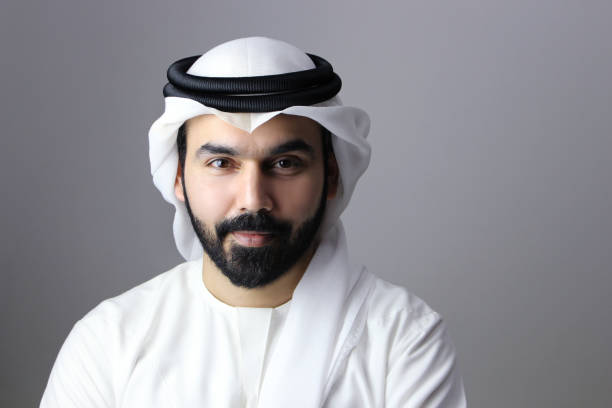
The Agal is an ornament worn by Emirati men to hold Ghutrah on its head. Spelted as Iqal, Egal, or Igal. This cord is black and is seen twice as often. Specific Agals are worn on the grounds of social class and on multiple occasions. When worn, it is a vast circular band pliable into two circles. Agals in informal contexts are not worn. However, Agal cannot be skipped on formal occasions. They also shape an esthetic aspect and the functional component of holding the Gutra. Emirati agals are one of the Uae traditional dress for men, and it has at their back two cords or two cords and their end a few tassels. The chord numbers available are the Emirati agals, which range from country to country.
As in Saudi Agals, these cords are not standard, and there are four in Qatari Agals. Perfuming agals is also a tradition. Often, you will meet white Agals, sometimes used by religious scientists. Decorative agals, traditional dress for men, are usually available with more than two rings and are multicolored. These Agals look like crowns when worn on your head, even though these are currently not in fashion. Agals have also been used to tie the camel legs to pin them to the ground. The most pricey Agals are Iraqi wool, with the synthetic yarn being produced more cheaply.
Bisht
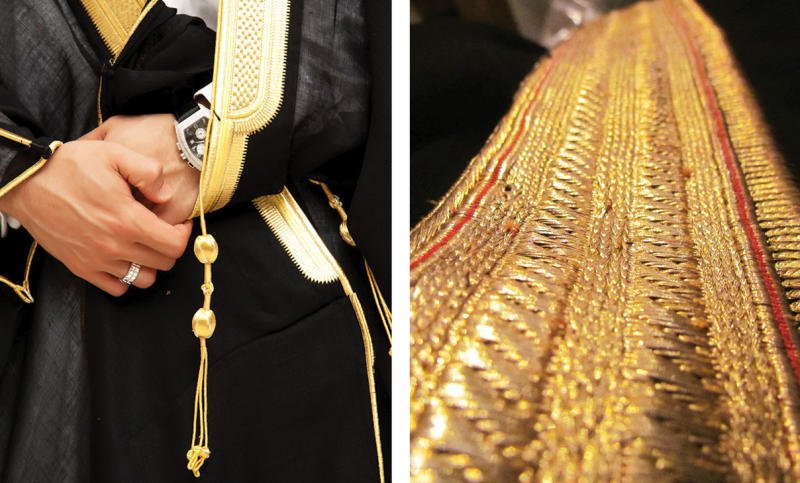
In marriages, festivals, or the prestige of royal and vital figures, Bisht is a black robe worn by Emirates over Kandura. Bisht is also one of the Uae traditional dresses for men. They primarily come in black, brown, or gray tones with a lacy outline of beige or cream. Many people mistake winter clothing for Bisht because it’s a layer over Kandura, but it doesn’t. Instead, it symbolizes rank and significance: the most coveted soft woolen, handmade Bishts. You typically have cotton or polyester when you go to shopping malls and see one storefront. Thick ones are cotton or wool, while the luminaries make light ones of linen.
The Bisht is very similar in all the Arab countries, as are all the other items of traditional Emirati clothes. It is a formal robe wearing a gold or silver border over the Kandura, black and beige. The African Burnous is an evolution of Bisht’s history. Gold, silver, or copper was used in the Bishts. The Bisht award depends on the quantity of gold or silver it includes. The dynamic sticking requires a professional craftsman’s hands. Therefore, Bisht is a costly luxury item that costs up to 15,000 Dhs.
No matter the reason or place, everybody wore the Bisht in the past. Nowadays, though, Bisht is the traditional dress for men. Emirati men wear it at celebrations, graduations, and oaths or royalties. Bisht is also used for weddings by Emirati grooms. In the UAE mosques, you will encounter imams who give Bisht during prayer and Friday preachings.
Others
In addition to these essential components of traditional dress for men, a national dress consists of many other items. Under Ghutrah, there is headwear, and the classic Muslim priestly cap named Ghafiya looks identical. There is also a jacket known as Faneela, which can be worn under Kandura. The Wazoor is a white towel worn by Kandura’s waist. Under the Kandura is worn a white vest known as Faneela. Woozar, another undergarment, is attached to the waist. For Emirates, traditional footwear is known as Na-aal, a sock-free sandal.
Traditional Dresses for Women
As we have discussed the traditional dresses for men, let’s briefly discuss UAE’s traditional dress for women. Contrary to the stereotypical male Emirati, traditional women’s clothing has a darker hue, the most common being black. Given the high summer temperatures, women are generally clad in black, which is not the safest choice of color. The frequency of air conditioning in public spaces can also be explained.
Abaya
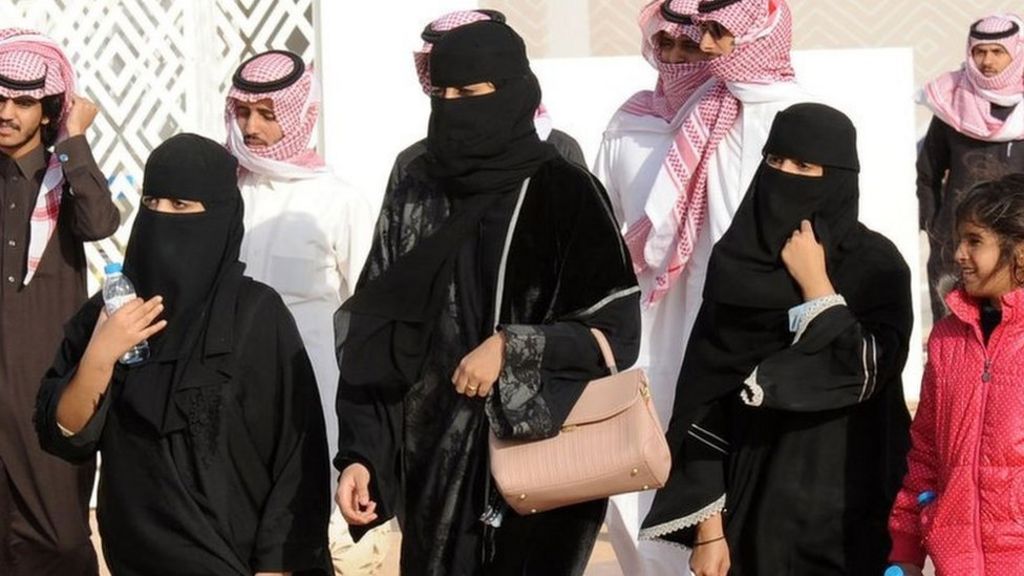
Abaya is the traditional female dress that is lighted, long, and full-sleeved. The robe women use to cover their bodies is not a coat. Women will wear clothing, even western wear, according to their preference. The Abaya is primarily black because it purposely masks the light-colored garments without exposing them to the general public. The Abayas are conventional and black. However, Abayas are contemporary in style, thanks to sticks and artwork on dark linen. More shades, such as gray, brown, and beige, are now added to the list to offer a new spin to conventional vestments.
It helps the wearer offer bright colors below without exposing their internal clothes to the public. Black abayas are one of the traditional dresses for women. Many new styles integrate decorations and sticks on the dark fabric, giving the look a contemporary twist. They have been embraced as part of Islamic tradition in most Islamic countries, including North Africa and Asia. An abaya protects the body from neck to bottom, except the feet and palms.
Hijab
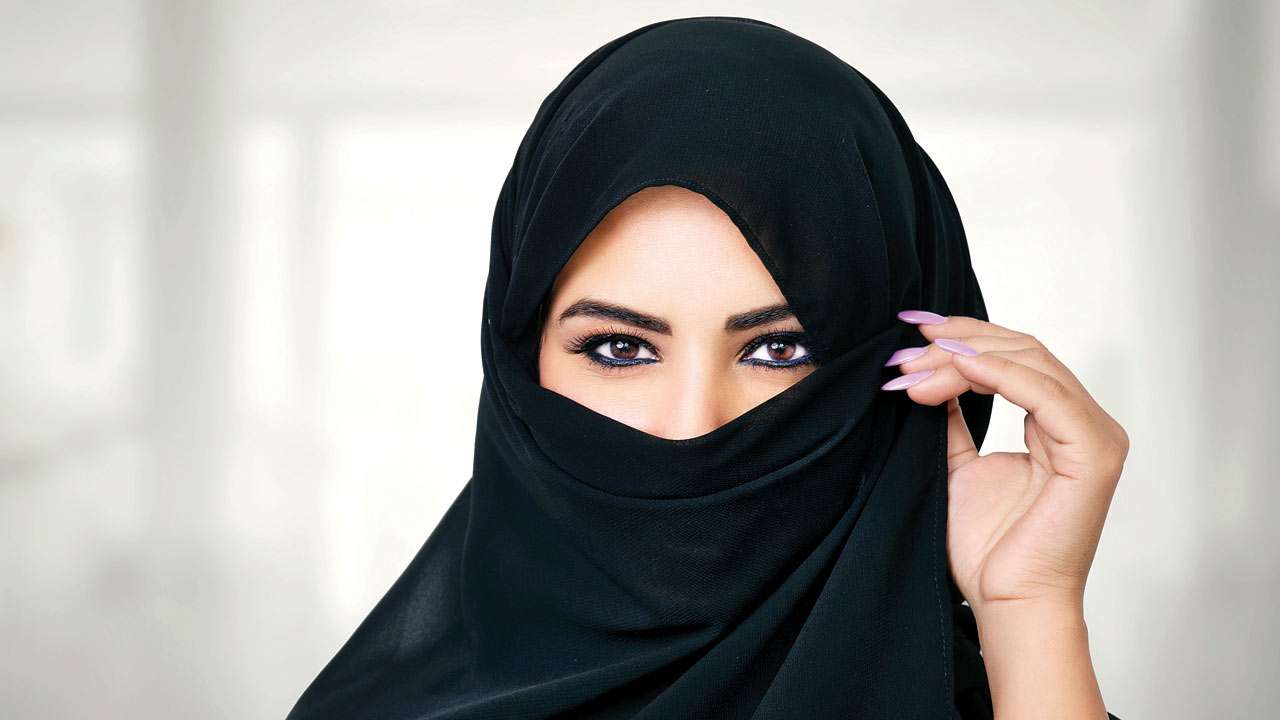
The Hijab is a vital feature of the Uae traditional dress for women and part of the UAE’s Western dress. It’s a veil used to cover women’s heads, ears, and necks. This term generally refers to all headscarves borne by the Gulf people. But in UAE, the most common head style is called Shalya, a long rectangular scarf worn across the shoulders of the head. It is also predominantly black, although it includes several patterns and sticks.
It also covers your hair, ears, and neck. Hijab is a synonym for Gulf women to describe headcover types. The Hijab corresponds, in principle, to a particular shape of an envelope. The Shayla is a traditional Uae dress for women, with a long rectangular scarf crossing over the shoulder. The headdress is made of a very light material that enables aeration. The Hijab is worn beneath both hats and face veils.
Burqa
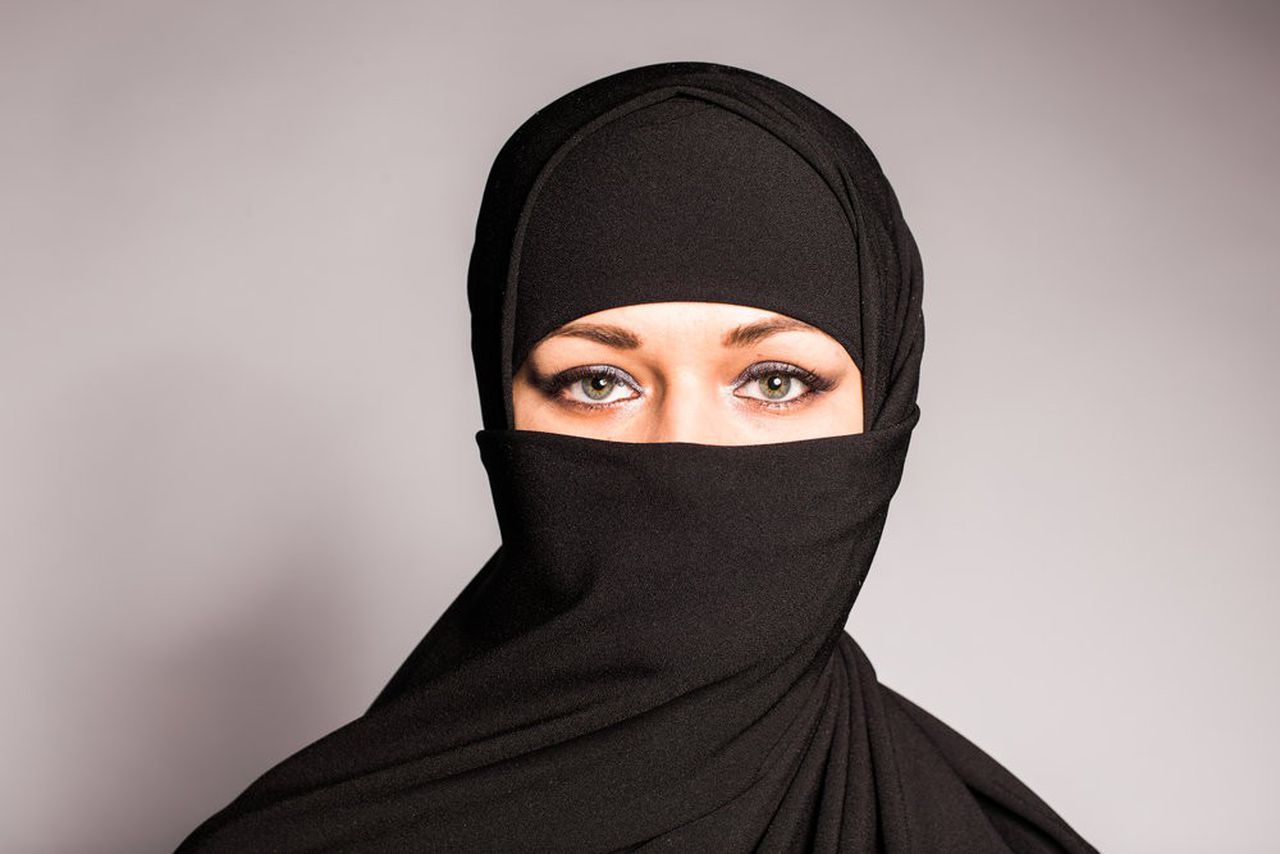
The Burqa is a phrase that has been applied to it with many annotations and is a critical UAE traditional dress for women. However, this word is used in Central Asia mostly to cover Muslim women’s head-to-toe coverage. Yet Burqa is a type of facemask in the Gulf. They cover the whole face of a woman except the eyes. The Burqa is usually worn by the older generation of Emirati women and young people who are not so drawn to this pattern. A Burqua is a kind of mask in the Gulf. This varies from the Burqa, which refers to an overlaying clothing head to head in other parts of the world. This mask is designed in a way that is like a horizontal H type to cover a portion of the female’s forehead and upper lip.
When girls reached puberty, Burqas were worn. They were initially meant to teach women modesty. Some people use Burqas as part of the tradition on special occasions because they are Uae’s traditional dress for women. Emirati’s younger generation only wears the traditional Burqa for wedding ceremonies. The Burqa tends to be aluminum at first glance but is a unique, lightweight, sweat-absorbing chair. The red, yellow, and green burquas are the most costly, although the green is cheaper.
Kaftan
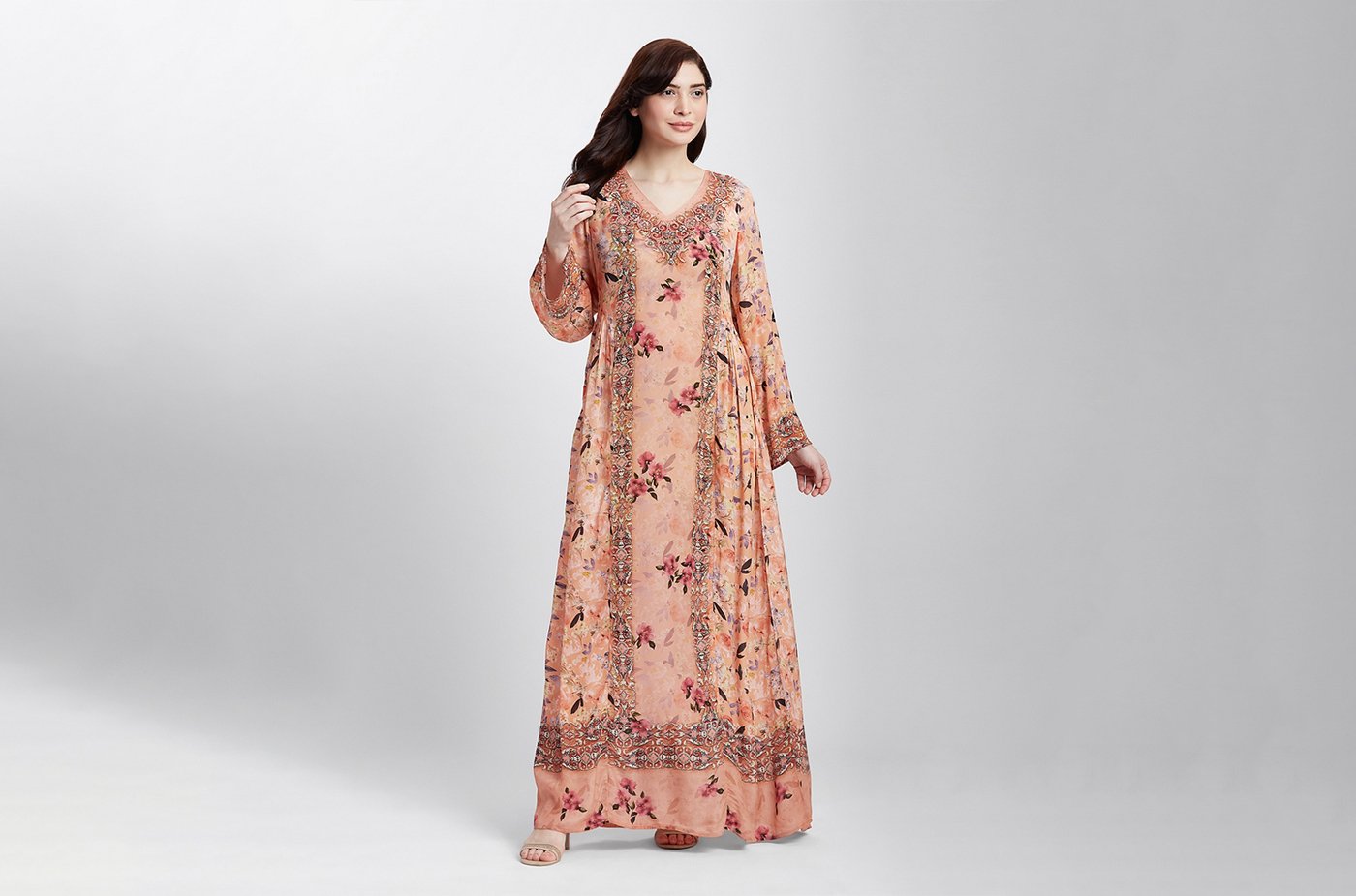
Arab women wear a kaftan or a Jalabiya while in the household or a female family. Kaftans come in various colors and are heavily decorated with borders. In reality, a Kaftan is a feminine Kandura variant. The women wear more feminine patterns and colors than the masculine white Kandura. Sirwal is worn with loose trousers, complete with Kaftan.
Others
Besides the traditional UAE dress for women, there is also an optional Gishwa, the thin coating in which the eyes and face are hidden. UAE women also like gemstones, such as earrings, bracelets, rings, etc., which are essential to national wear. Although every Emirati woman is humble, they like making-ups, like kohl, to emphasize physical characteristics. Furthermore, henna is also part of a rich tradition that they spread wondrously on their hands and feet.
Traditional Dresses for Children
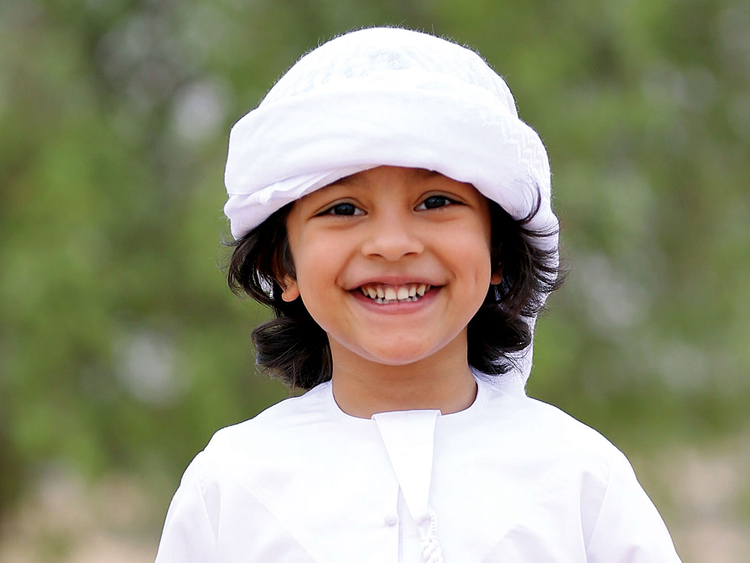
After discussing men and women, let us discuss the traditional dress of the UAE for children. Girls wear kurtas and shalwars daily, while at weddings, they prefer to wear fancy dresses and lehengas with dupattas.
Conclusion
The UAE’s artistic, religious, moral, and social aspects make a fashion statement. Though clothing in some parts of the world may seem frivolous, that is not the case in the Emirates. Understanding the country’s spirit and its people is very important.

